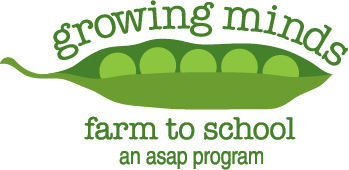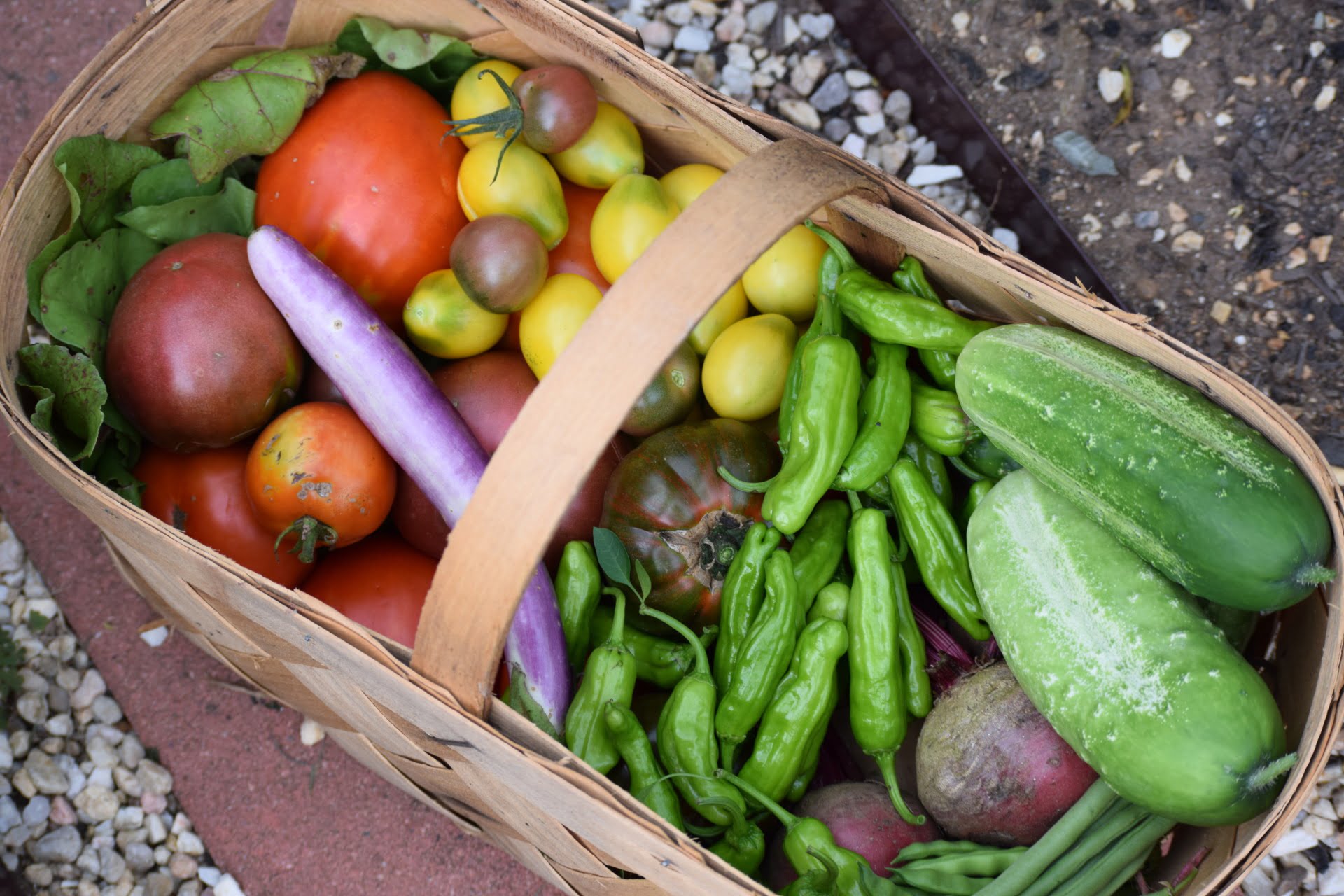This week’s theme is plant parts. Our “Growing Minds Day by Day” educational resource lists are designed for families and educators.
Growing Minds Day by Day
Plant Parts
Books:
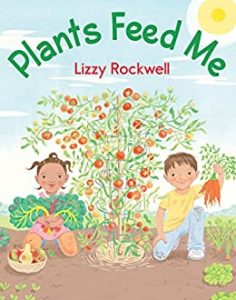 Plants Feed Me
Plants Feed Me
This week, our first recommendation is a book we recently added to our Growing Minds lending library: Plants Feed Me by Lizzy Rockwell. This colorfully illustrated story is geared for children in preschool and Kindergarten. Readers will learn about different foods and which parts of the plant they represent, gaining an appreciation for what’s on their plate. Watch a read aloud on YouTube.
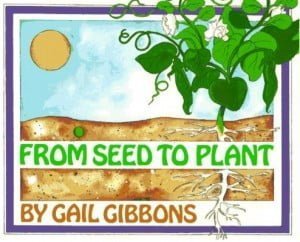 From Seed to Plant
From Seed to Plant
From Seed to Plant by Gail Gibbons is also available through our lending library. This illustrated nonfiction book takes a more in-depth look at how seeds develop into the plants we eat, from pollination to germination. Readers will learn important science vocabulary words as they explore many different kinds of seeds. This book is geared towards grades K-3. Watch a read aloud on YouTube.
Find more books
Visit the Growing Minds’ farm to school literature database to discover more of our favorite children’s books about farms. Type “diversity” into the search bar to find books that feature characters from underrepresented racial and ethnic groups.
Local Food Recipe:
Celebrate the six plant parts that we eat with your children or students by making a tasty and nutrient-dense rice bowl that features each plant part. This is a loose recipe, so you could easily substitute other grains or vegetables you have on hand for any of the plant parts. Grain bowls are featured in many cultures and regions, so feel free to put your own spin on this recipe. Try creating a Korean version like bibimbap, a Southern soul food version featuring corn grits, or a burrito bowl featuring Southwestern flavors.
Kids can… rinse and cut up the veggies, measure the rice and water, mix together ingredients for homemade dressing, and assemble the grain bowls.
6 Plant Parts Rice Bowl
Serves 4-6
Ingredients:
- Seeds: 2 cups brown rice
- Roots: 1 sweet potato
- Stems and leaves: 1 bunch Swiss chard (or spinach or shredded kale)
- Fruits: 1 sweet bell pepper or avocado
- Flowers: 2 cups of broccoli or cauliflower florets
Directions:
- Cook rice according to package directions.
- Dice sweet potato, and finely chop Swiss chard stems and leaves.
- Dice bell pepper and/or avocado.
- Saute sweet potato, chard stems, and broccoli or cauliflower florets in 1-2 tablespoons of olive oil over medium heat. Add in chard leaves at the end when the other veggies are almost tender and cook for a few more minutes. Season veggies with salt and pepper to taste.
- Build your own grain bowl by adding a scoop of rice and a scoop of sauteed veggie mixture to a bowl. Top with diced pepper or avocado.
- Grain bowls are often served with dressing. Top your rice and veggies with a bottled salad dressing of your choice, or make a simple tangy yogurt dressing: mix a cup of plain yogurt with a couple of teaspoons of lemon juice, salt and pepper to taste, and your choice of minced garlic, chives, or scallions.
More Recipe Ideas:
- Plant Part Salad (Source: Captain Planet’s Project Learning Garden)
- Plant Parts Party featuring smoothies, bibimbap, and pizza (Source: FoodCorps)
Educational Resources:
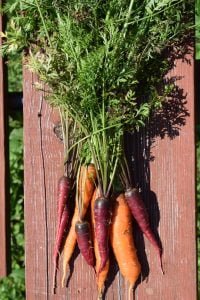 Each part of the plant has a different function. Use our Stem Exploration lesson plan (below) to teach children about the different functions of plant parts. There are six main parts of plants that people eat:
Each part of the plant has a different function. Use our Stem Exploration lesson plan (below) to teach children about the different functions of plant parts. There are six main parts of plants that people eat:
- Seeds – create new plants
- Roots – anchor plants and absorb nutrients and water from soil
- Stems – hold plants upright and transport nutrients and water
- Leaves – absorb sunlight to make food, and help plants breath
- Flowers – attract pollinators
- Fruits – protect and disburse seeds
Sometimes a familiar fruit or vegetable has parts that we don’t usually consider edible, but they actually are. Try a tasting experiment by adding broccoli leaves and blossoms, carrot tops, and radish greens to a salad. What do you think?
Growing Minds Lesson Plans:
- Stem Exploration: Students will learn about the parts of plants and their functions. Use the garden to teach a hands-on plant based activity.
- Root Exploration: Introduce students to roots and the ways they function. Talk with students about the 5 “Ws” (who, what, when, where, and why) and teach them as a guide for creating a poem.
- Seed Starting: Students will observe germination of different types of seeds and learn how to transplant seedlings into soil.
Looking for more inspiration? Check out 17 Creative Ways to Teach Plant Life Cycles. (Source: We Are Teachers)
Activities:
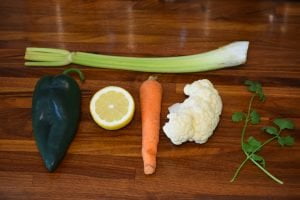 Plant Part Scavenger Hunt
Plant Part Scavenger Hunt
Can your child find edible examples of all six plant parts in your refrigerator or pantry? What about in the garden, or at the farmers market or grocery store? What’s their favorite plant part to eat? Is there a plant part that they’ve never tried before?
Plant Part Art
Children can use their artistic skills to complete our six plant part chart. Illustrate two examples of foods they have eaten (or would like to try someday) that represent the six plant parts.
Make “Beanie Babies”
Use a small ziploc bag, then add a cotton make-up pad, a bean seed, and a few drops of water. Put the bag on a string and have students wear them around their neck. Talk about how body heat helps with seed germination.
Six Plant Parts Garden Tour & Song:
Join gardeners from the Durham Innovative Nutrition Education Program and Inter-Faith Food Shuttle in Durham, NC for a tour of the Geer Street Learning Garden in search of 6 plant parts. This is a learn-along video for Pre-K age students. Viewers will learn what six parts of a plant we can eat, see some examples of each of those parts, and learn a little song to help them remember what plants need. Watch their video here.
—
That’s it for this week. Check back next week for new resources. Click here to access Day by Day resources from past weeks. If you didn’t find what you’re looking for here, please visit our Lesson Plans page.
